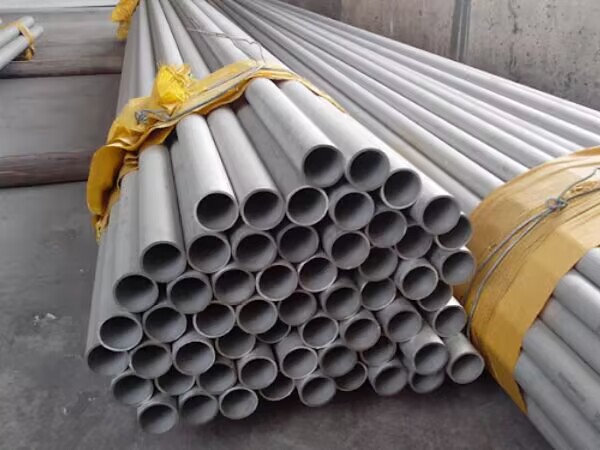How to distinguish and test TP304 seamless pipe?

Before testing the TP304 seamless pipe, it is necessary to understand its basic characteristics. 304 refers to an austenitic stainless steel, which is a widely used and versatile pipeline material. Defining characteristics include corrosion resistance, ease of manufacture and excellent formability. Its chemical composition includes about 18-20% chromium and 8-10.5% nickel, as well as trace amounts of manganese, silicon, carbon, and phosphorus. This composition gives it unique properties, such as its famous resistance to corrosion.
Common ways to distinguish TP304 seamless pipes:
1. Visual inspection method: Because the surface of TP304 seamless pipe is smooth, seamless pipe does not have any visible joints or welds. In addition, unlike other stainless steel variants, TP304 stainless steel has a unique silver-grey gloss.
2. Use magnets: stainless steel is generally not magnetic. But TP304 is an austenitic structure with a very small magnetic permeability. If the magnet is strong enough, a small magnetic response may be observed. This method is not definitive and should be used in conjunction with other methods.
3. Spectral analysis: Using spectrometers, it can accurately identify the elements of the material and their proportions. This method can accurately determine the type of stainless steel.
4. Hardness test: The Rockwell hardness of TP304 stainless steel is between B80-B90, and the deformation degree of the material can be measured for identification.
5. Spark test: The quality of stainless steel can be distinguished by the spark when cutting or welding. It can be distinguished from the polished spark that the real 304 stainless steel spark is relatively straight, while the non-304 tube spark is relatively scattered.
Common methods for testing TP304 seamless pipes:
1. Chemical composition analysis: Use instrumental analysis and chemical analysis. Samples used for chemical analysis include smelting samples, ingot chip samples, and pipe samples. Smelting samples are generally instrumental analysis, and sanitary seamless pipe finished samples are chemical analysis and one-step analysis. Commonly used chemical analysis instruments are: infrared carbon and sulfur analyzer, direct reading spectrometer, X-ray fluorescence spectrometer and so on.
2. Size and shape detection: The inspection content mainly includes wall thickness, outer diameter, length, curvature, ellipticity, port inclination, blunt edge Angle, shaped steel pipe section shape, etc.
3. Surface quality inspection: manual visual inspection and non-destructive testing. There are many non-destructive testing methods, such as ultrasonic testing, eddy current testing, magnetic particle testing, magnetic leakage testing, electromagnetic ultrasonic testing and penetration testing, each method has its advantages and disadvantages.
Read more:304L stainless steel pipe